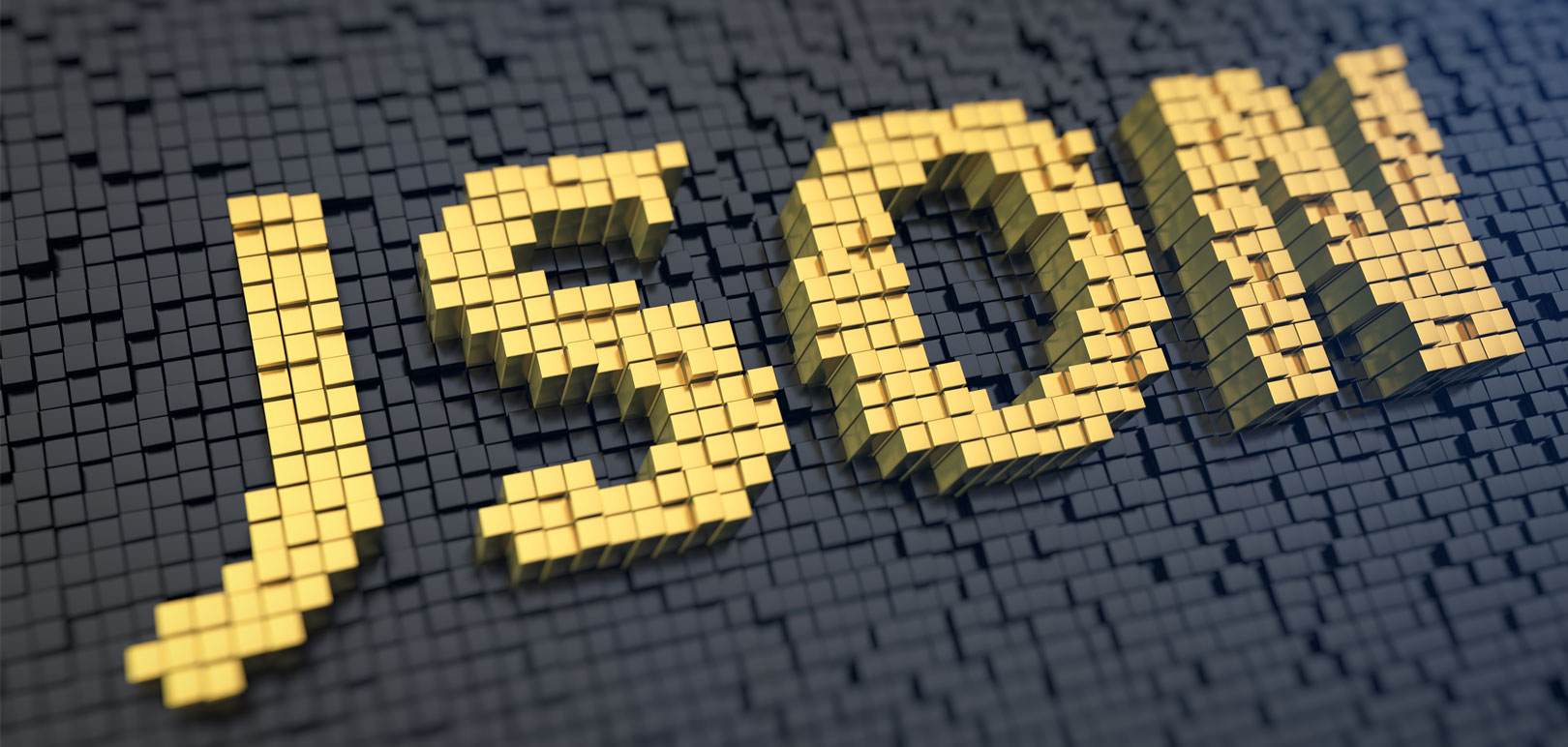
Pros and cons of JSON versus XML When to use JSON? One admittedly true criticism of XML is that it can contain a considerable amount of markup, making it less than friendly to the reader’s eye and adding unnecessary bulk to data transfers. JSON was developed in reaction to this clutter, with the goal of […]
READ MORE
XML, the eXtensible Markup Language, is a formal, open specification that describes the structure of data objects and the algorithms used to process them. XML decouples data access from the specialized, often short-lived software that creates and uses data: in short, it ensures that one’s data is never rendered unusable by changes in technology. Much […]
READ MORE
XSLT brings XML, schemas, and XPath together in a declarative programming language. It is used to query and transform XML (and, with XSLT3, JSON) data, enabling one to express data in new ways, or to create new data based on the content or structure of existing data. There are, of course, many ways to retrieve […]
READ MORE
XPath is a specification for a query language that locates and extracts data from XML documents, and a comprehensive set of functions for the manipulation of that data. XPath is used to identify, filter, and test nodes and content; and to apply functions or operations on the resulting data sets. XML provides tree-structured data objects. […]
READ MORE
Schemas are specifications for the structure and content of a data object or document. Schemas are used to determine whether a given data object is conformant to a set of rules that dictate the structure of the object (i.e. in which order are data items listed) and content of the object (i.e. what type of […]
READ MORE